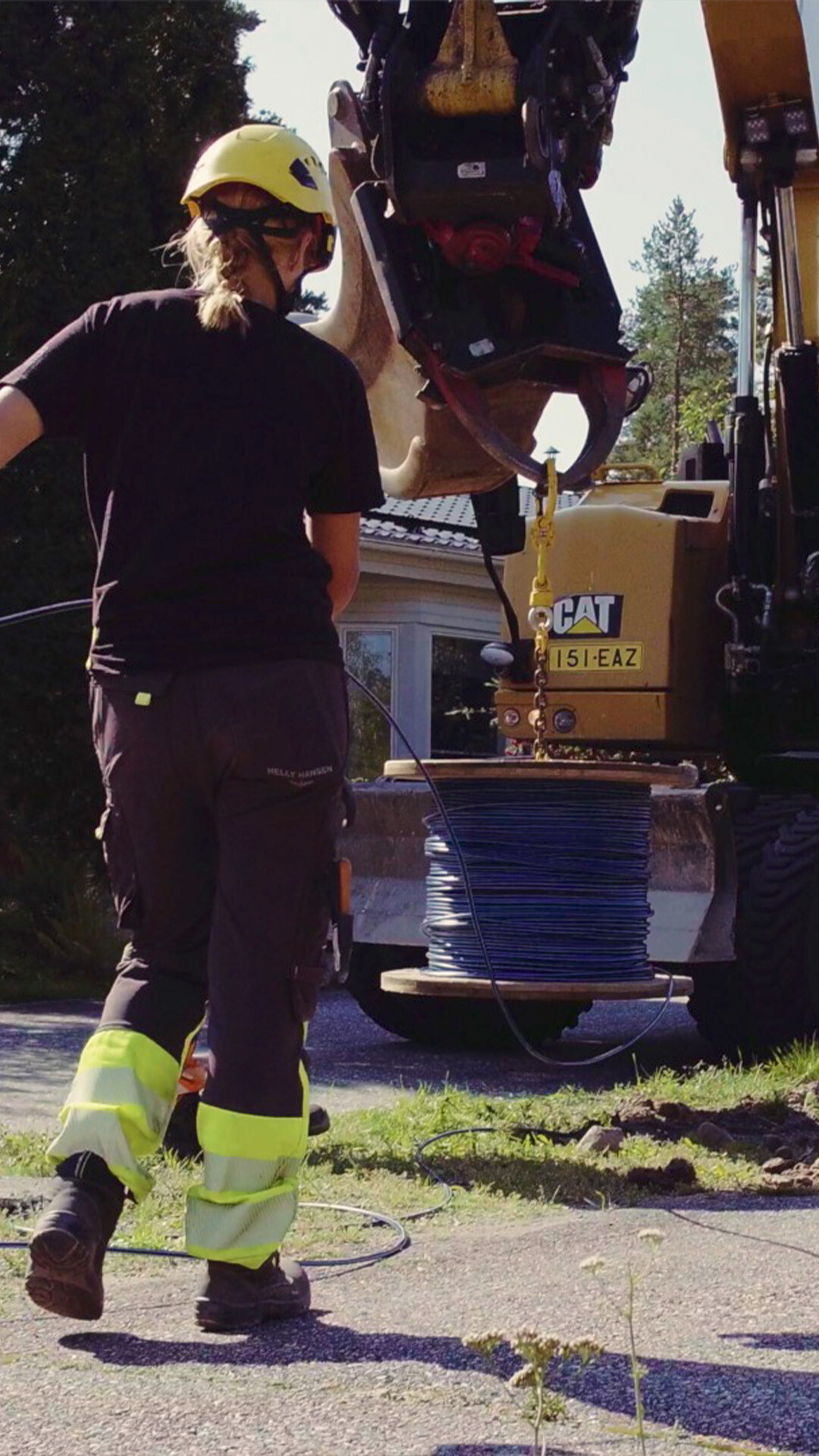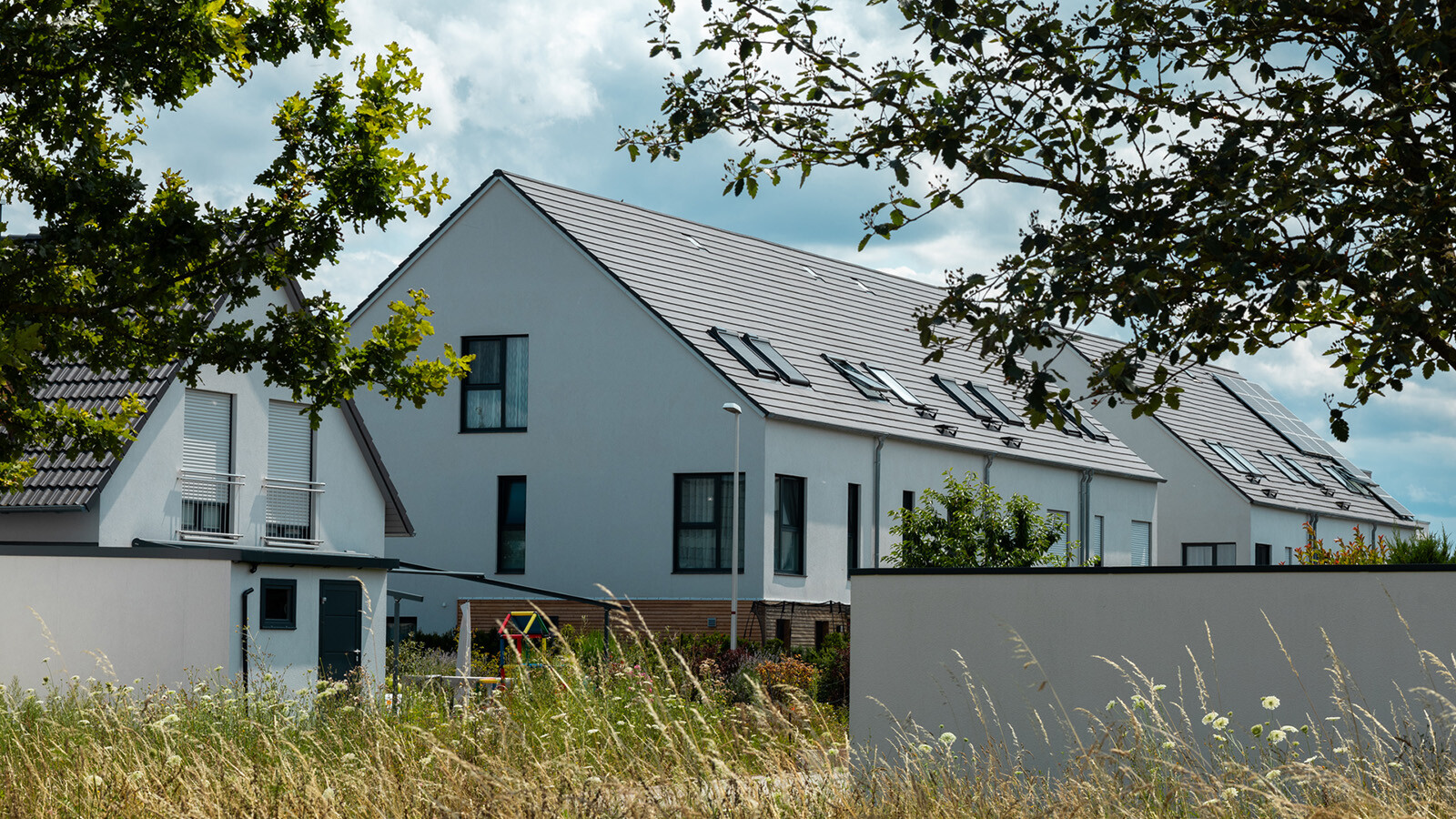The Hexatronic solution ensured fast deployment and a future-proof network
CloudWyze is working on closing the digital divide in the Carolinas, US, by rolling out FTTH and fixed wireless to rural areas.
Watch the video with Kyle Lefelhoc and Marty McDermott at CloudWyze to learn why they chose micro cabling to deliver fiber, how it future-proofs their network, and what they value most with our partnership.
Challenges
- The lack of digital infrastructure in rural areas has caused a digital divide across America. It became more evident during COVID than ever before.
- The ambitious time schedule created a large demand for project material.
- In the fast-expanding and competitive North American market, the high demand has caused a lack of available material for FTTH projects.
- Permitting issues causing ebb and flow in the projects.
- Micro cabling technology is relatively new in the US market, causing some uncertainty.
Approach
- Choosing a flexible and engaged partner to supply material with short lead times.
- Selecting a solution that can easily accommodate future needs.
- Planning for future growth by installing additional ducts that allow for quick and cost-effective expansion as new developments arise.
- Hexatronic knowledge sharing through on-site visits and product education to boost confidence levels and ensure optimal performance.
- Partnerships with local governments.
Result
- CloudWyze is on track with the mission to close the digital divide between cities and rural areas.
- Many homes are being connected. Fast.
- The future-proof network is ready for increased digital demands and new developments ahead.
- New expertise in micro cabling technology gives an advantage in future projects.
Our mission at CloudWyze is to bridge the digital divide we see across America. During COVID, it became evident that some of these smaller communities needed the digital infrastructure to do e-learning or remote work. We decided to speed up the deployment to ensure that these towns would have the necessary broadband technologies to compete with the larger cities and keep their residents connected to the world.
Marty McDermott,
Chief Operating Officer,
CloudWyze, USA


